International design exhibitions
After World War II, the Landsforeningen Dansk Kunsthaandværk (National Association of Danish Crafts) played a central role in promoting Danish design in international exhibitions and trade fairs. The members of the association included craft makers and cabinetmakers as well as major industrial art factories, such as the Royal Copenhagen Porcelain Manufactory. The journal Dansk Kunsthaandværk (Danish Crafts), which came out in 1948–68, was both a membership magazine and the association’s platform in the debate about quality, applied art, and craftsmanship. The content reflected the members’ professional and commercial interests and the association’s purpose, which was ‘to promote awareness of Danish crafts and contribute to its continued development, in regard to both quality and commercial opportunities’. Exhibitions were one of the association’s principal activities; the following looks at four significant manifestations.
Triennale di Milano
Of the many design presentations during the 1950s, the triennial exhibitions in Milan were of particular importance for the international reputation of Scandinavian design. Seen from outside, the Nordic partnership behind the manifestations in Milan underscored the image of a close bond between Denmark, Norway, Sweden, and Finland. In 1951, at ‘unreasonably short notice’, as the then director of Landsforeningen, Viggo Sten Møller, put it, it was decided that Denmark would take part in the 9th Triennale. In great haste, architect Erik Herløw was commissioned to plan the presentation, including selecting the exhibits for the Danish section in collaboration with the companies involved. Thus, in contrast to many international exhibitions, there was no jury involved. The budget was limited, so the presentation was simply a floor space of 100 square meters with a podium in the middle for furniture and rugs and, along the walls, 13 display cases showing the smaller items.
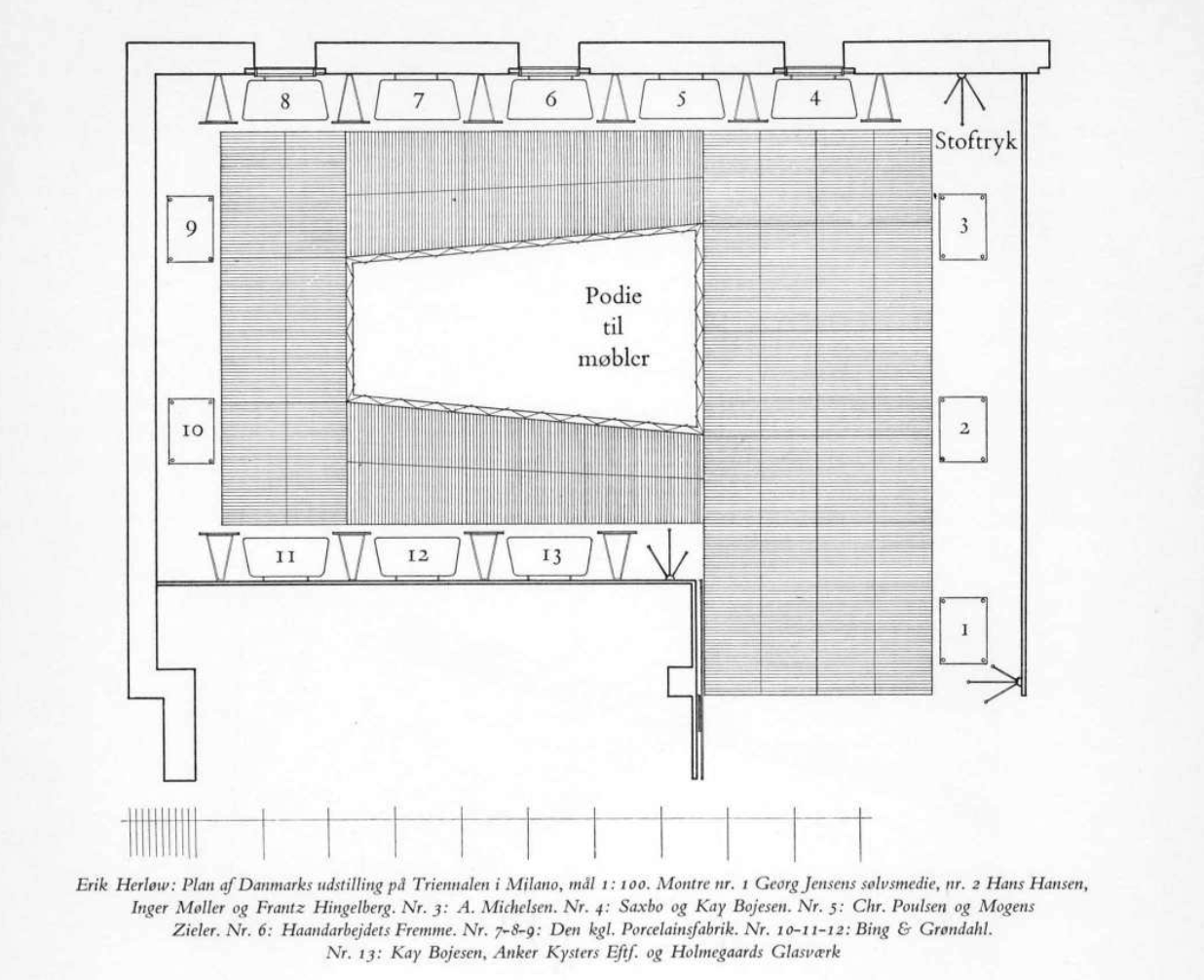
Dansk Kunsthaandværk no. 7, 1951, features an interesting text by Viggo Sten Møller about the Danish representation, in which he criticizes the authorities for a ‘slow grant process’, which had made it difficult for Landsforeningen to stage an efficient, low-cost process. In the same text, he praises Erik Herløw for his performance under these difficult conditions, which undoubtedly influenced the architect’s choice of ‘a safe but somewhat ordinary international retail style as a basis for the presentation’. (fig. 2)Nevertheless, the Triennale jury subsequently awarded Herløw the highest accolade, the Grand Prix, for the design of the Danish section. Without detracting from Herløw’s contribution or the other awards in Milan, it is fair to say that the 1951 jury was very generous.
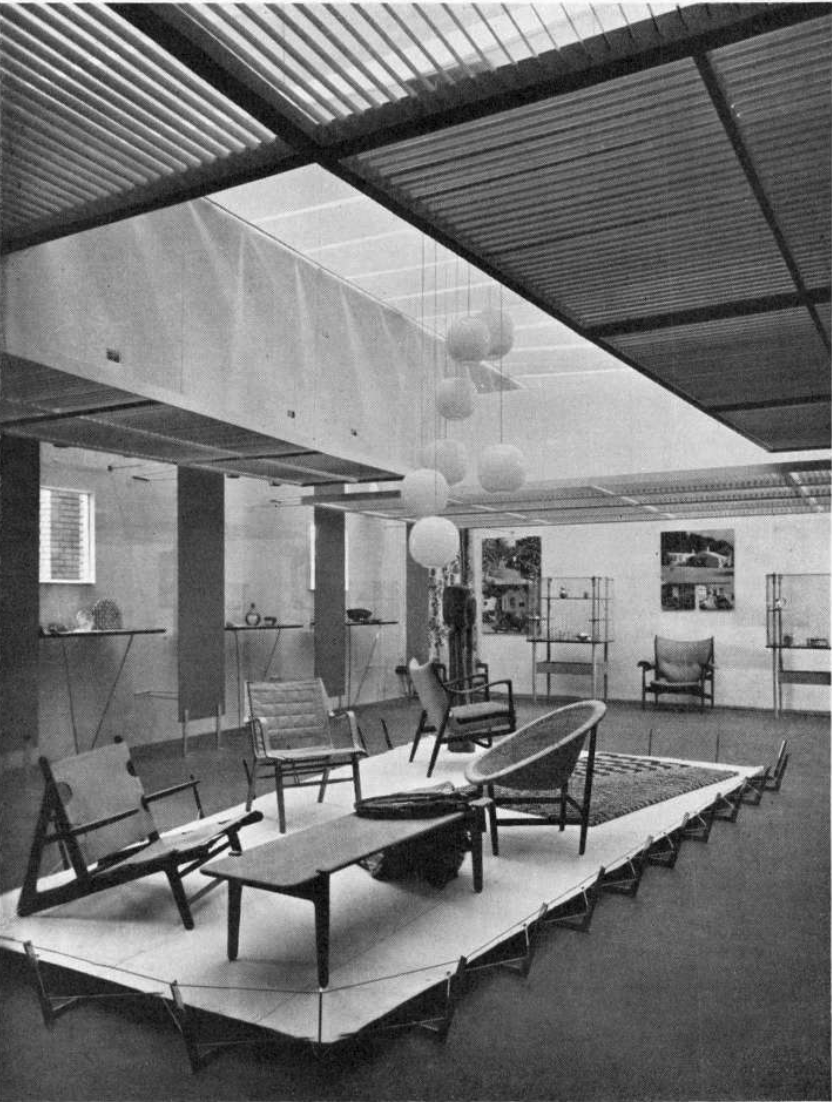
Design in Scandinavia 1954 – 1957
In the media coverage of the exhibition, it is striking that the architect and his ‘invention’ received more attention than the exhibits on display. Not that interest in the exhibition was lacking. The organizers had developed a comprehensive ‘propaganda strategy’, as they called it, which was executed both in the print press and in the broadcast media.
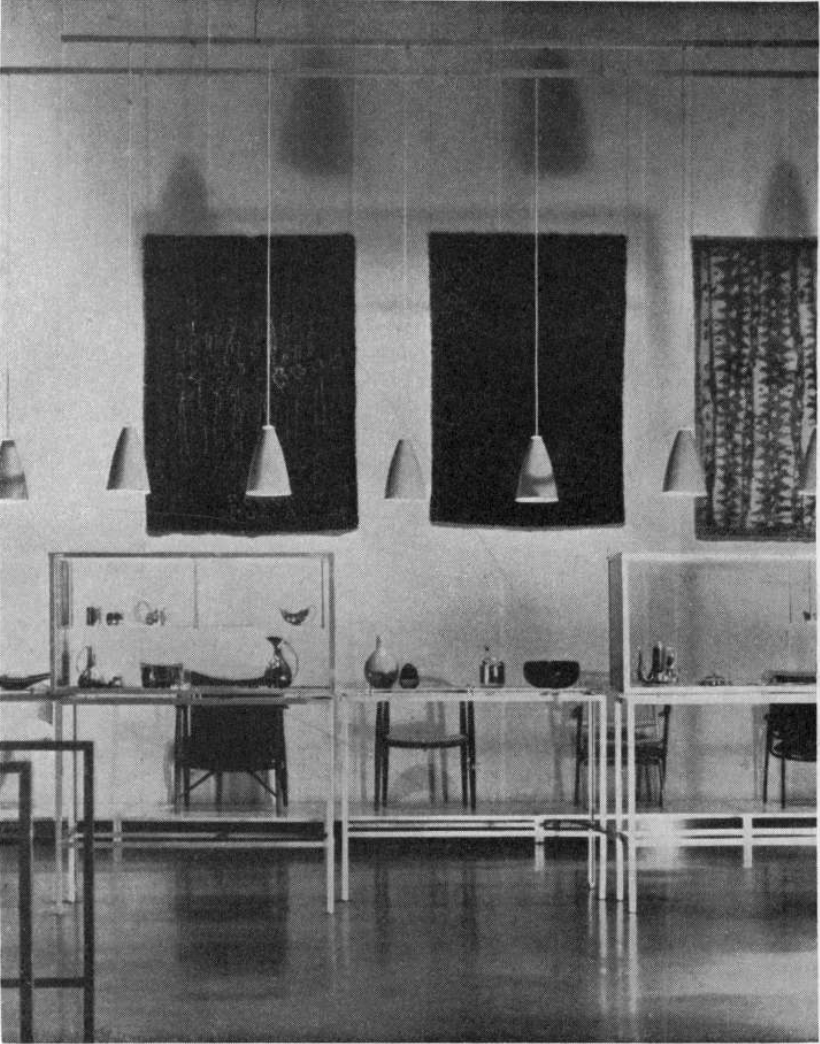

The Arts of Denmark. Viking to Modern. 1960-61
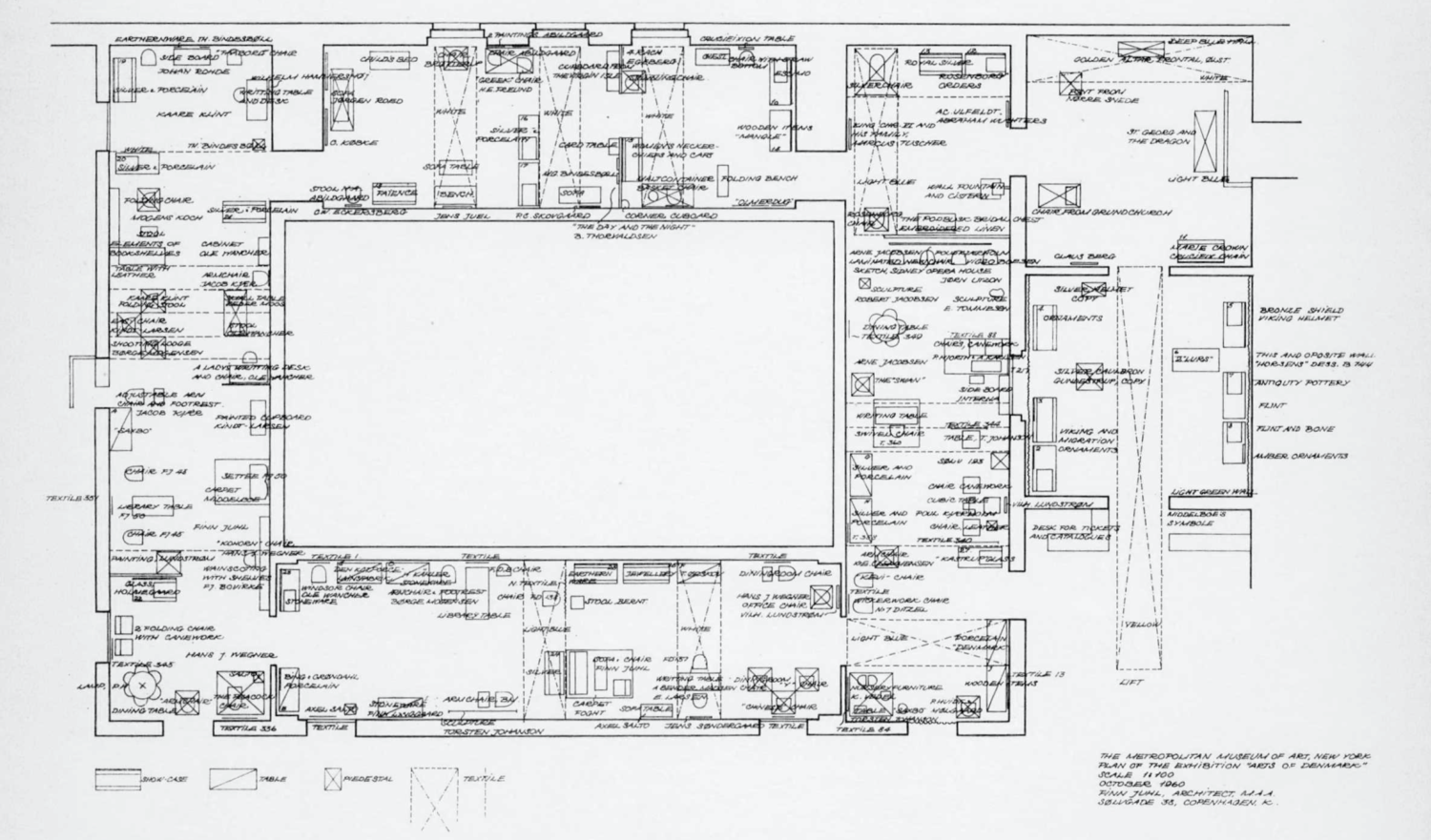
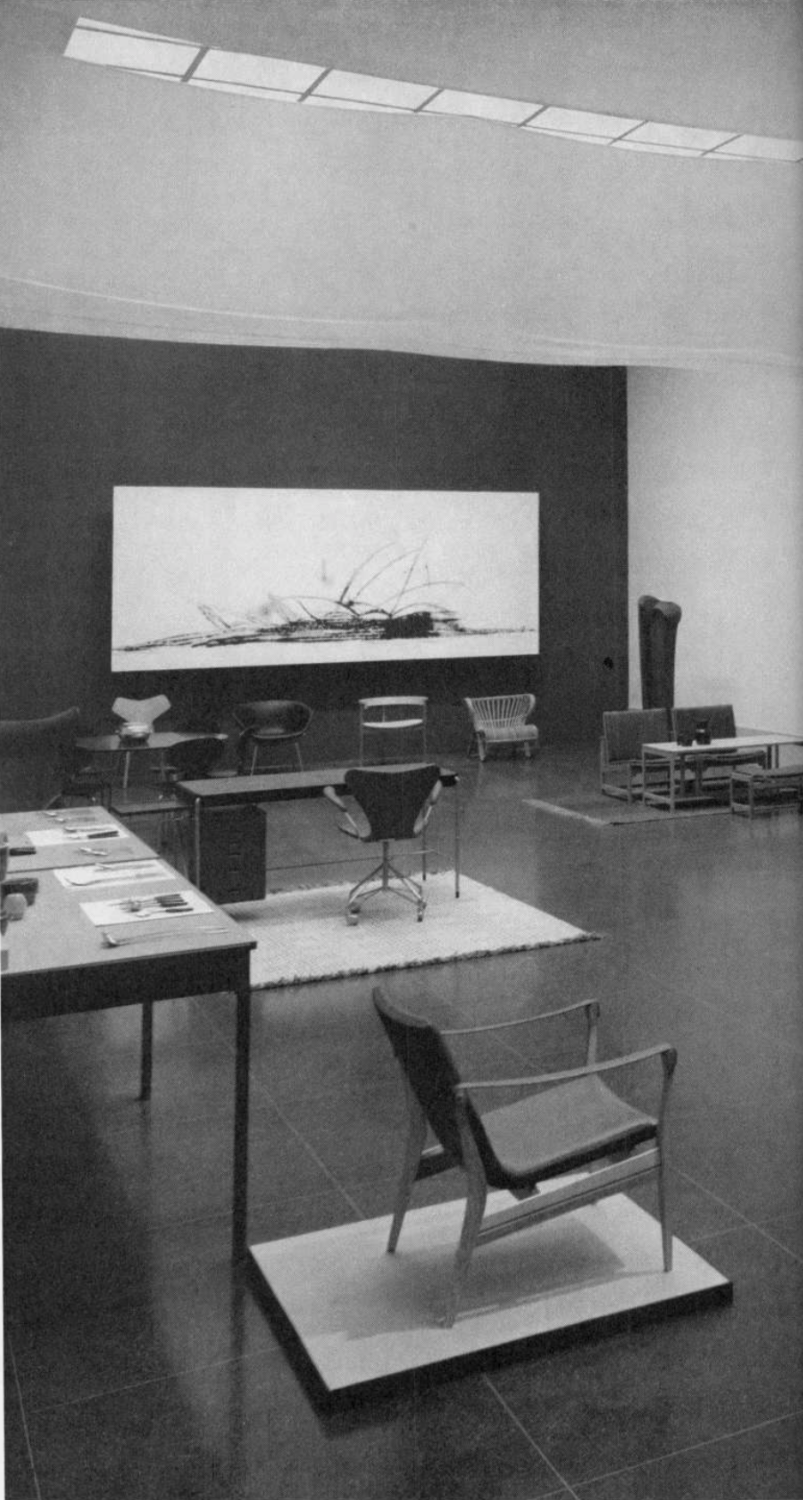
Warszawa dreams
Dea Trier Mørch, looked after the Danish design exhibition in Warsaw in 1965. She tells vividly about the exhibition’s life and people’s interest in Danish design and crafts, behind the Iron Curtain. The exhibition was an influential happening that set the Poles in motion.
The outreach efforts of Landsforeningen Dansk Kunsthaandværk were not limited to international design exhibitions. The association and its network nimbly seized every opportunity to secure media coverage of Danish design and applied art. The association’s magazine, Dansk Kunsthaandværk, paints an intriguing picture of the period and often offers detailed insight into its many activities.
Sources
Dansk Kunsthaandværk, 1951–66.
Fallan, K. (2017). Designing modern Norway: A history of design discourse. Routledge.
Guldberg, J. (2011). Scandinavian design as discourse: The exhibition design in Scandinavia 1954–57. Design Issues, 27(2).
Hansen, P. H. (2018). Danish modern furniture 1930–2016. Syddansk Universitetsforlag and Lindhardt & Ringhof.
Huldt, Å. H. (1954). Rapport om Design in Scandinavia. FORM. Svenska Slöjdföreningens Tidsskrift, 122–123.


